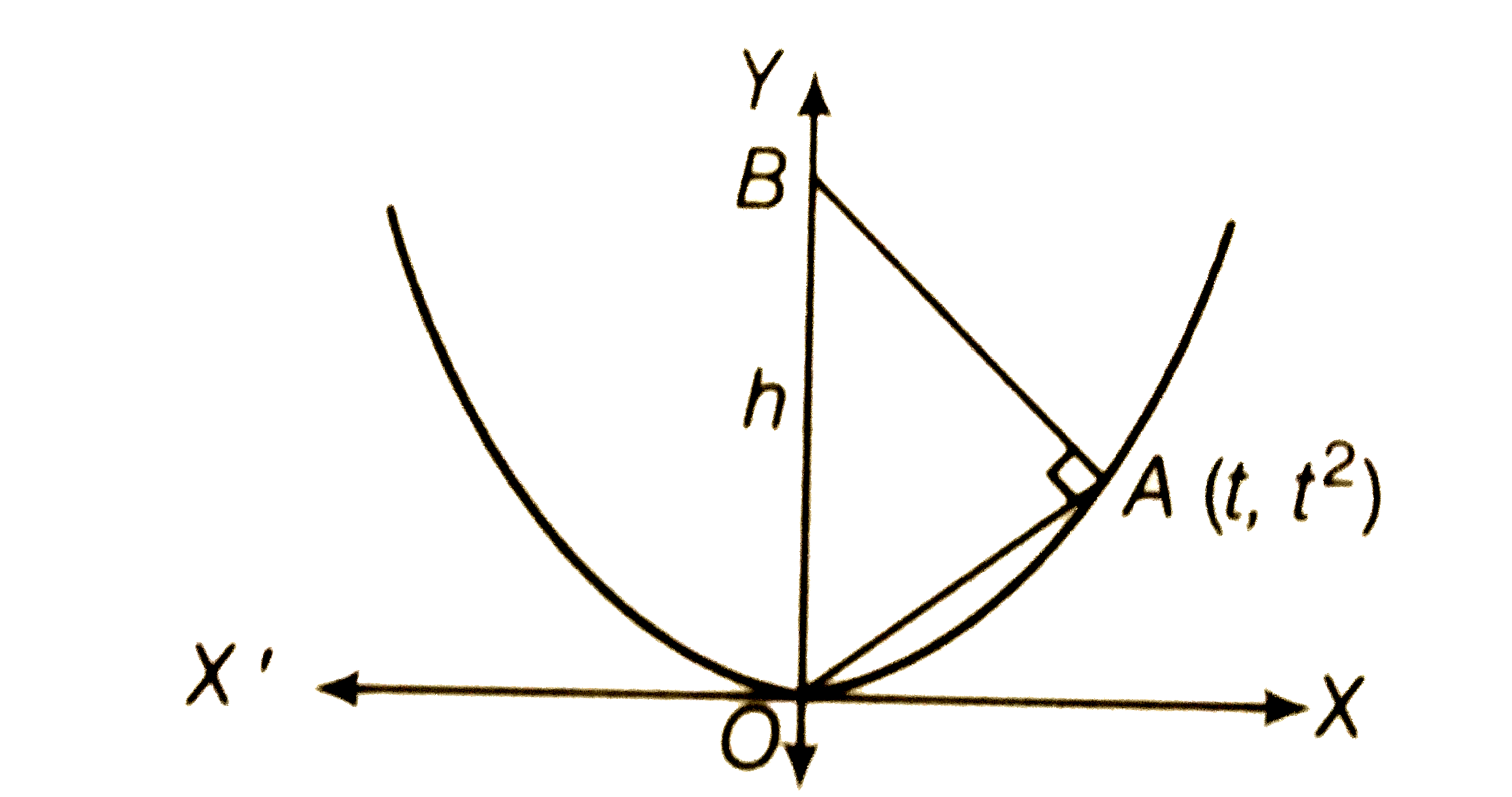Consider the function f:(−∞,∞)→(−∞,∞) defined by f(x)=x2−ax+1x2+ax+1;0<a<2. Which of the following is true ? Solution in Punjabi
(2+a)2f''(1)+(2−a)2f''(−1)=0
(2−a)2f''(1)−(2+a)2f''(−1)=0
f'(1)f'(−1)=(2−a)2
f'(1)f'(−1)=−(2+a)2
The correct Answer is:A
Step by step video & image solution for Consider the function f:(-oo, oo) -> (-oo ,oo) defined by f(x) =(x^2 - ax + 1)/(x^2+ax+1) ;0 lt a lt 2. Which of the following is true ? by Maths experts to help you in doubts & scoring excellent marks in Class 12 exams.
Updated on:21/07/2023Topper's Solved these Questions
- MONOTONICITY MAXIMA AND MINIMABOOK - ARIHANT MATHSCHAPTER - MONOTONICITY MAXIMA AND MINIMAEXERCISE - MAXIMA AND MINIMA EXERCISE 6
2 Videos
- MATRICES BOOK - ARIHANT MATHSCHAPTER - MATRICES EXERCISE - Exercise (Questions Asked In Previous 13 Years Exam)
49 Videos
- PAIR OF STRAIGHT LINES BOOK - ARIHANT MATHSCHAPTER - PAIR OF STRAIGHT LINES EXERCISE - Exercise (Questions Asked In Previous 13 Years Exam)
2 Videos
Similar Questions
The figure shows a right triangle with its hypotenuse OB along the y-axis and its vertex A on the parabola y=x2.

Let h represents the length of the hypotenuse which depends on the x-coordinate of the point A. The value of limt→o(h) is equal to
View SolutionLet A=⎡⎢⎣1000110−24⎤⎥⎦,I=⎡⎢⎣100010001⎤⎥⎦andA−1=[16(A2+cA+dI)] Then value of candd are (a) (−6,−11) (b) (6,11) (c) (−6,11) (d) (6,−11)
View SolutionIf the pair of lines ax2+2(a+b)xy+by2=0 lie along diameters of a circle and divide the circle into four sectors such that the area of one of the sectors is thrice the area of another sector then
View SolutionConsider the function f:(-oo,oo)rarr(-oo,oo) defined by f(x)=(x^(2)-ax+1)/(x^(2)+ax+1);0
View Solutionf:(-oo,oo)rarr(-oo,oo) is defined by f(x)=ax+b,a,b in R(a!=0) then F is
View SolutionConsider the function f:(−∞,∞)→(−∞,∞) defined by f(x)=x2−ax+1x2+ax+1,0<a<2, and let g(x)=∫ex0f'(t)dt1+t2. Which of the following is true? (A) g'(x) is positive on (−∞,0) and negative on (0,∞) (B) g'(x) is negative on (−∞,0) and positive on (0,∞) (C) g'(x) changes sign on both (−∞,0) and (0,∞) (D) g'(x) does not change sign on (−∞,∞)
View SolutionConsider the function f(−∞,∞)→(−∞,∞) defined by f(x)=x2−ax2+a,a>0 which of the following is not true?
View SolutionConsider the function f:(−∞,∞)→(−∞,∞) defined by f(x)=x2−ax+1x2+ax+1;0<a<2. Let g(x)=∫ex0f'(t)1+t2 dt. Which of the following is true?
View SolutionSketch a possible graph of a function f that satisfies the following conditions :
1. f'(x)>0 on (−∞,1),f'(x)< on (1,∞)
2. f'(x)>0 on (−∞,−2) and (2,∞),f'(x)<0 on (−2,2)
3. limx→−∞f(x)=−2, limx→∞f(x)=0
View SolutionConsider the function f : (−∞,∞)→(−∞,∞) defined by f(x) = x2−ax+1x2+ax+1,0<a<2
Let g(x)=ex∫0f'(t)1+t2dt
Which of the following is true ?
View Solutionयदि फलन f:[1,∞)→[1,∞),f(x)=2x(x−1) द्वारा परिभाषित है, तो f−1(x) है
View Solutionमाना एक फलन f:(0,∞)→(0,∞)f(x)=∣∣∣1−1x∣∣∣ द्वारा परिभाषित है, तो f
View SolutionConsidered function f:(-oo,oo)to(-oo,oo) , f(x)=(x^(2)-ax+1)/(x^(2)+ax+1),0ltalt2 Is defined by Which of the following is true
View SolutionConsidered function f:(-oo,oo)to(-oo,oo) , f(x)=(x^(2)-ax+1)/(x^(2)+ax+1),0ltalt2 Is defined by Which of the following is true
View SolutionConsidered function f:(-oo,oo)to(-oo,oo) , f(x)=(x^(2)-ax+1)/(x^(2)+ax+1),0ltalt2 Is defined by agreed g(x)=int_(0)^(e^(x))(f'(t))/(1+t^(2))dt , Which of the following is true
View Solutionमाना फलन f:(−∞,∞)→(−∞,∞) निम्न प्रकार से परिभाषित है।
f(x)=x2−ax+1x2+ax+1,0<a<2
निम्न में से कौन सा (से) विकल्प सत्य है ?
(i) (2+a)2f''(1)+(2−a)2f''(−1)=0
(ii) (2−a)2f''(1)−(2+a)2f''(−1)=0
(iii) f'(1)f'(−1)=(2−a)2 (iv) f'(1)f'(−1)=−(2+a)2
View Solution